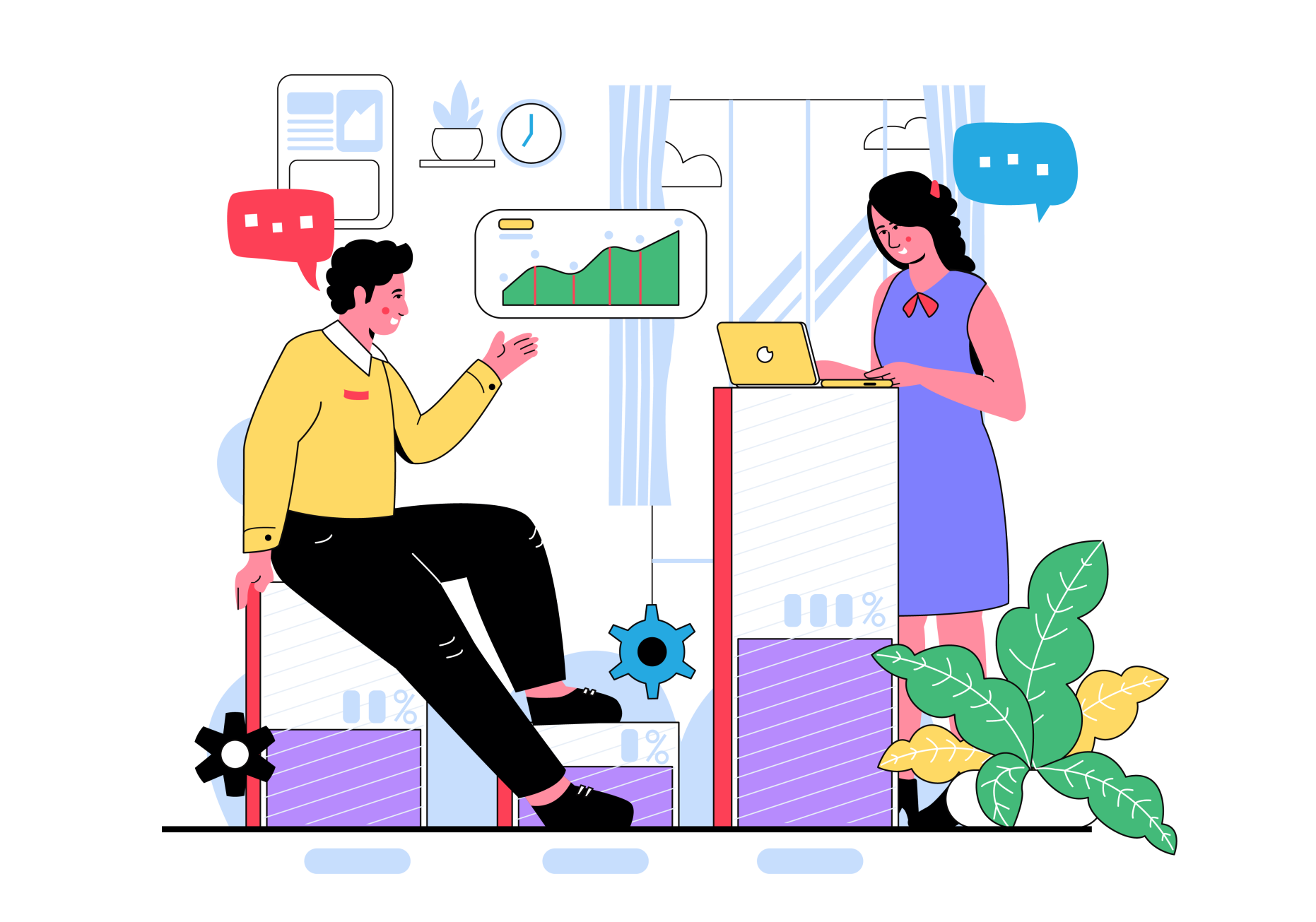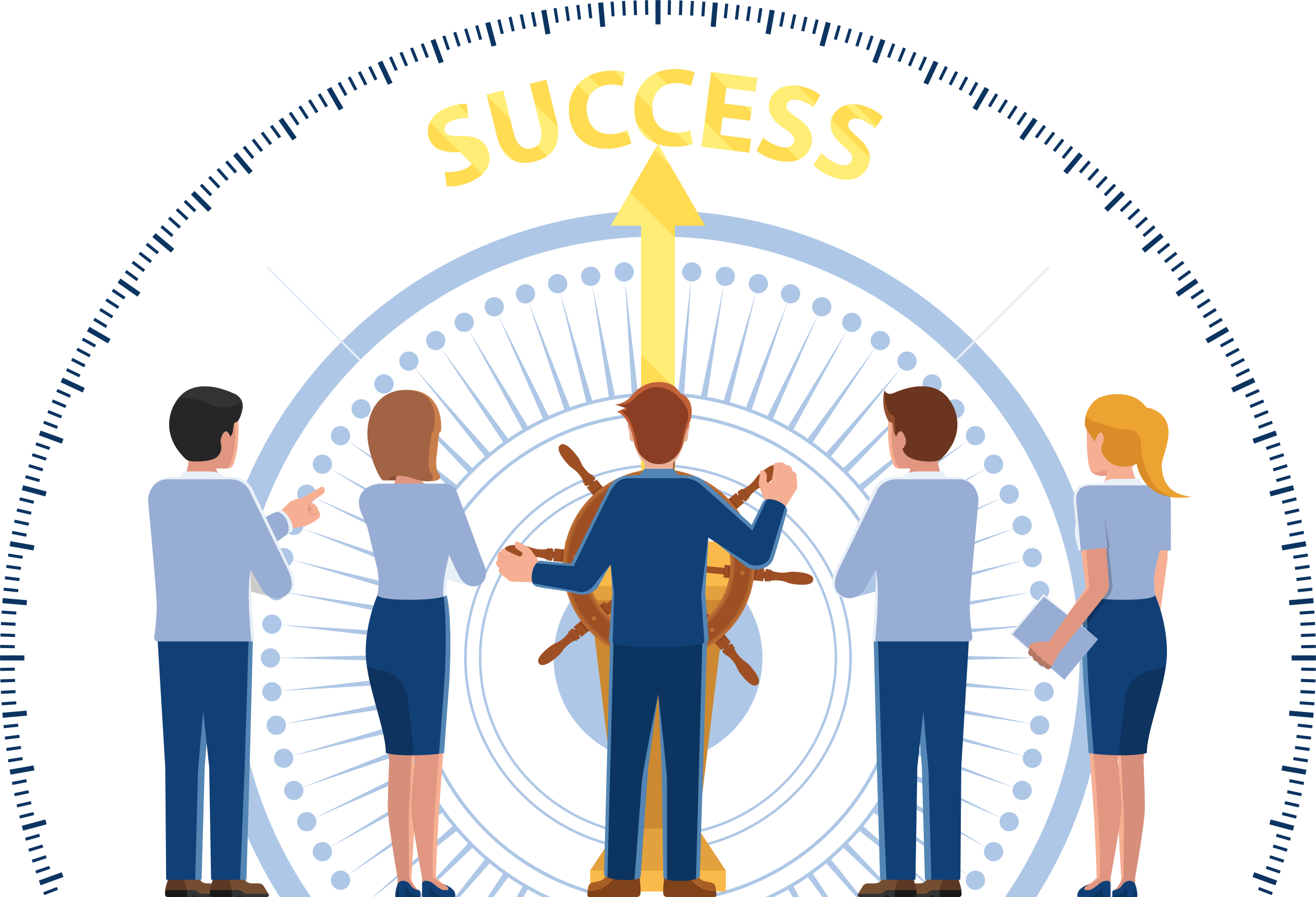Built to Last
Creating customer relationships that will survive business downturns.
Recessions mean hard times for most businesses
Since the end of the Second World War, it is generally accepted that there have been four global recessions, and another may be on the horizon. Recessions mean challenging times for most businesses, and a reduction in sales and revenue leads to expenses being slashed. So, whether you are a CEO or CFO examining your budgets and looking to reduce expenditure, a division head being asked to review your costs or a financial consultant tasked with producing a revised budget for the coming year, the question is the same…
‘Should we continue to invest in Customer Success Management?’
It is widely accepted that retaining clients is more cost-effective than the high levels of expenditure associated with continually recruiting new clients. Customer retention is also good for the bottom line; research by Frederick Reichheld of Bain & Company found that increasing customer retention rates by 5% increases profits by between 25% to 95%. And, for enterprising organisations with suitable products and services and an innovative attitude, downturns can even represent an opportunity for growth.
Let’s suppose the economic outlook is worsening, your client has taken ‘delivery’ of your product, and your main point of contact is coming under pressure to accelerate the project’s progress, master and fully understand their new investment, and begin realising value. Practical client support can be the crucial differentiator between relationships that endure and those that stumble in an uncertain market. By re-evaluating, updating and introducing new strategies to address the current landscape and providing more value to your client, potentially reducing churn and increasing purchasing levels, you have begun the transition from vendor to mentor, advisor and guide.
You may also find you are generating other benefits, a well-informed, educated, and empowered client is better equipped to become an evangelist for your product, both internally and externally. They will be in a better position to defend further expenditure against cutbacks when renewals fall due.

The Practical CSM Framework covers the step-by-step best practice in more detail, but some of the key elements are:
- Working with the client to help define measurable value from their purchase and utilisation of your company’s products and/or services;
- Helping the customer towards gaining the maximum value from their investment in your products and services;
- Measuring and analysing KPI data and reporting on progress, to ensure stakeholders are aware of the value realised.
Put another way, you can turn the client’s weaknesses into your strengths.
You may be familiar with the concept of Known and Unknown, Knowns – an idea first formulated in 1955 by two American psychologists, Joseph Luft and Harrington Ingham, but made famous by American Secretary of Defence Don Rumsfeld in 2002. In the context of Customer Success Management and building lasting trust relationships with clients, I prefer to express the concept through the use of unconscious and conscious competency.
In stage one, unconscious incompetence, your customers are unaware of their lack of knowledge and expertise. They do not understand as yet what lies between them and success, and as such, it is very difficult for them to act since they are operating “in the dark”. This is where the CSM’s onboarding skills are put to good effect.
In stage two, conscious incompetence, with help from the customer success manager, they have become more aware of the areas in which they lack expertise. Now they are conscious of it. They are in a position to start acting on this new understanding. This defines the adoption phases within Customer Success Management best practices.
In stage three, conscious competence, the customer is now not only aware of what needs to be done but is very capable of doing it. This last stage is what you might describe as “mastery” of the processes they need to complete in order to generate outcomes. This represents the value realization phase of Customer Success Management.
Unconscious incompetence
Unconscious incompetence (an unknown unknown) is perhaps your most potent weapon – it can be described as a state of ignorance that is difficult to do anything about without external help (this is where the CSM comes in) because the client is completely unaware of it, and, as they don’t even know they don’t know, they have no motivation to learn about it (hang in there it’s worth it).
Areas you may be able to exploit, include a product feature or function that may not be a key selling point but could be transformative for the client’s workflows or processes.
While not directly impacted by the product, employees may find their working lives substantially altered, internal processes may change or need updating, or training interventions may be required.
Conscious Incompetence
Close behind is conscious incompetence (a known unknown); this is a situation where the person is aware of a problem or barrier to efficient adoption but is ignorant about its details.
For the CSM, the fact that the client is generally aware means that they can work with them to ‘potentially’ motivate them to learn more since they now recognise the gap in their knowledge and hopefully grasp its relevance.
By moving the client’s level of awareness to conscious incompetence (i.e. making them aware of the issues and challenges that lie ahead), they can at least understand what needs to be done, even if they have not yet mastered those activities.
In turn, the detailed product knowledge helps your contact to become their company’s principle internal knowledge resource, able to offer informed briefings to their line managers, and department heads on:
- Time to market and value realisation;
- Support for internal business initiatives;
- Bespoke training interventions;
- Improved CSAT levels;
- Meeting any relevant legal or professional requirements.
The value to the CSM and their company of developing deeper and longer-lasting trust relationships with customer stakeholders is the insight gained, leading to a more profound understanding of customer needs and building higher senior sponsorship levels.
By changing the perception and dynamic of the relationship, from vendor/client to advisor/recipient, the CSM is not only building an association better able to survive a downturn but also better placed to benefit from maximizing revenues from contract renewals and creating upsell and cross-sell opportunities.
What is the mindset inside your organization?
Is it the longer term, investing in customer retention through increased CSM engagement view?
Or the ‘let’s reduce all costs and weather the storm’ approach?







